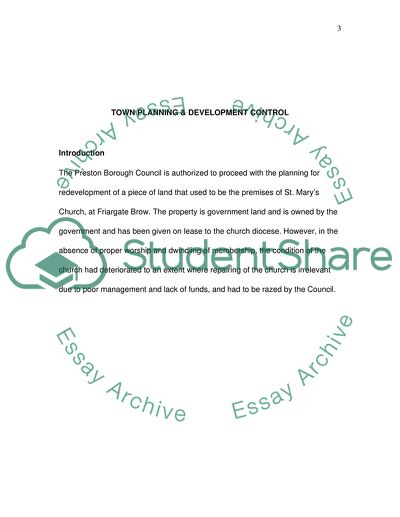Cite this document
(Town Planning and Development Control Research Paper, n.d.)
Town Planning and Development Control Research Paper. Retrieved from https://studentshare.org/law/1733215-town-planning-development-control
Town Planning and Development Control Research Paper. Retrieved from https://studentshare.org/law/1733215-town-planning-development-control
(Town Planning and Development Control Research Paper)
Town Planning and Development Control Research Paper. https://studentshare.org/law/1733215-town-planning-development-control.
Town Planning and Development Control Research Paper. https://studentshare.org/law/1733215-town-planning-development-control.
“Town Planning and Development Control Research Paper”, n.d. https://studentshare.org/law/1733215-town-planning-development-control.


